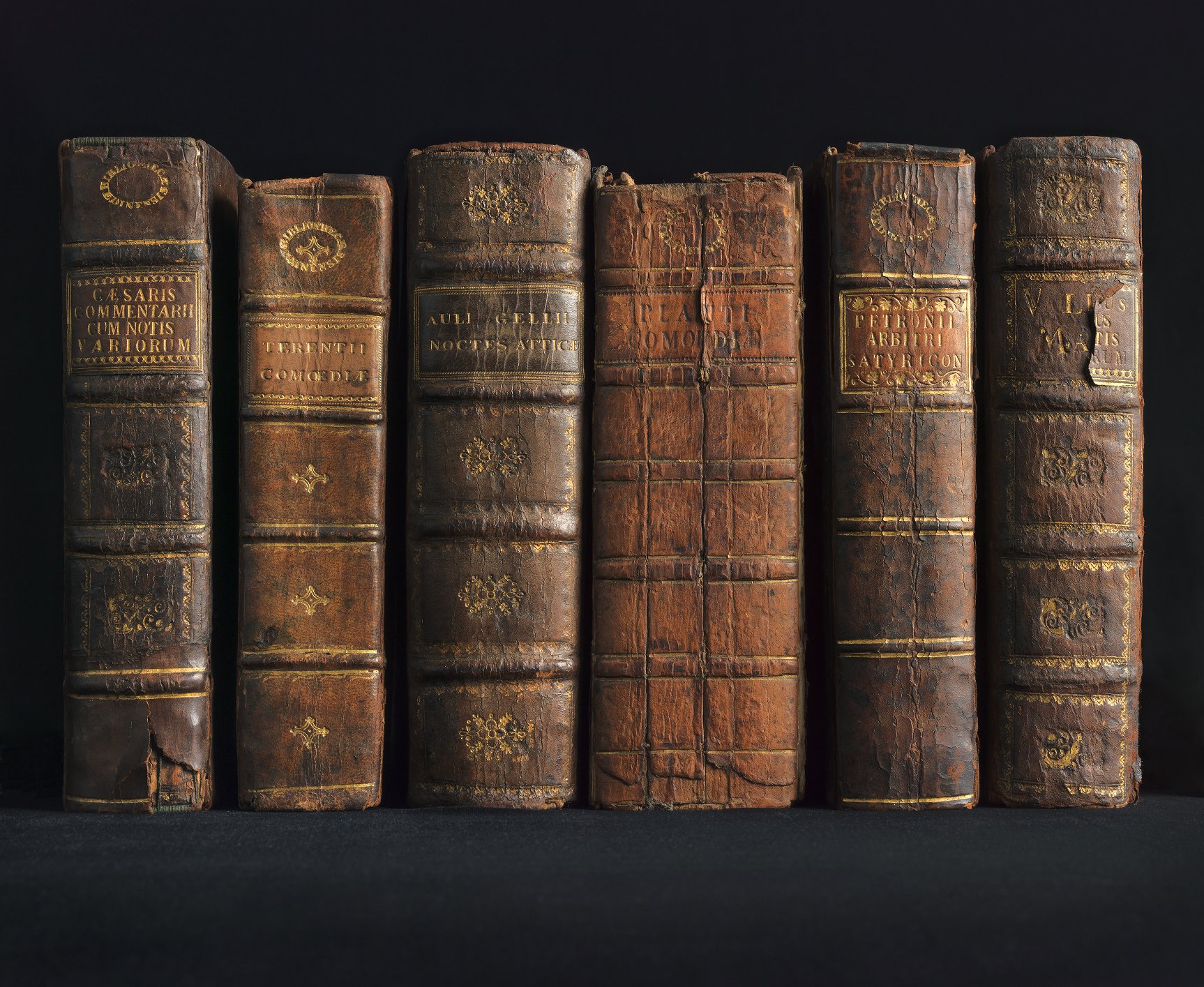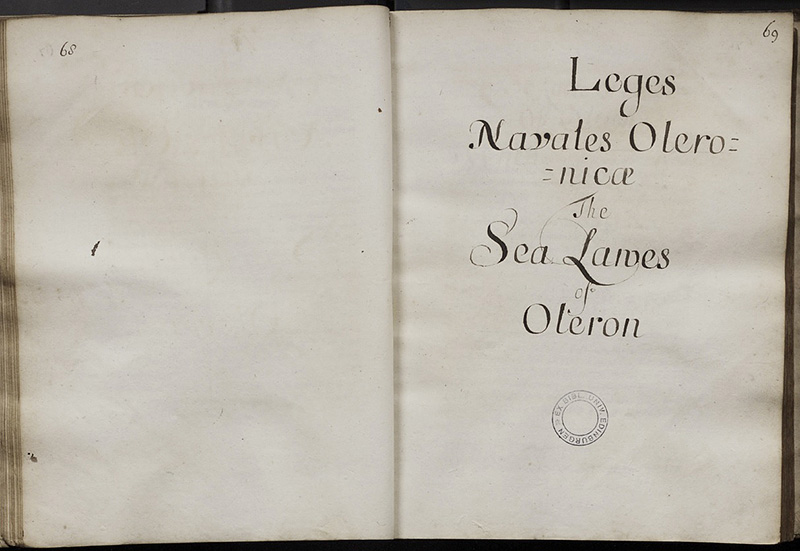 Since April I have been an intern with the University of Edinburgh’s Cultural Heritage Digitisation Service (CHDS) and the Centre for Data, Culture and Society (CDCS), looking into text extraction processes at the University, both in library practice and thinking about how this is taught within digital scholarship. Throughout the internship I have had the opportunity to do both independent research and discussions with staff across the Library and University Collections (L&UC) to get a more in-depth understanding of text recognition processes.
Since April I have been an intern with the University of Edinburgh’s Cultural Heritage Digitisation Service (CHDS) and the Centre for Data, Culture and Society (CDCS), looking into text extraction processes at the University, both in library practice and thinking about how this is taught within digital scholarship. Throughout the internship I have had the opportunity to do both independent research and discussions with staff across the Library and University Collections (L&UC) to get a more in-depth understanding of text recognition processes.
Category: <span>School of Philosophy, Psychology and Language Sciences</span>

I was lucky enough to be involved in the Incunabula pilot project here in the Digital Imaging Unit. This project helped to create a digitisation workflow for Incunabula collection items using the i2S CopiBook v-shape scanner. These bound volumes are printed using a variety of early printing methods including wood block printing resulting in beautifully crafted and illustrated objects. This project afforded an opportunity to get up close and personal with these beautiful and often entertaining treasures, that were quite literally being brought into the light through the capture of images.

According to researchers at the Centre for Research Collections, The Indian Primer is a tiny book containing Christian instruction, mainly in the native American Algonquian language. Printing began in America in 1640 and was used by missionary John Eliot, who translated the Bible and many other works into the native language for the first time. This unique 1669 copy was gifted to the University Library in 1675 by James Kirkton. Amazingly, this copy is still in its original American binding, of decorated white animal skin over thin wooden boards.
 In this weeks’ blog post we are pleased to welcome our newest member of staff, Juliette Lichman. When not working on new orders, she has been preparing old ones to go into our Open Books Repository https://openbooks.is.ed.ac.uk/ Juliette has been discovering how easy it is to get drawn in to the complex and fascinating histories of the books…
In this weeks’ blog post we are pleased to welcome our newest member of staff, Juliette Lichman. When not working on new orders, she has been preparing old ones to go into our Open Books Repository https://openbooks.is.ed.ac.uk/ Juliette has been discovering how easy it is to get drawn in to the complex and fascinating histories of the books…
The university’s cherished Laing collection is an invaluable resource of important historical documents, and is a frequent subject on this blog. The fact that there are still so many unknown works and exciting discoveries to be made within the collection is astounding. I was lucky enough to experience this first-hand several weeks ago, during an afternoon of working through a deeply buried folder of book scans. I came across a Laing collection document that had incorrect and missing metadata. It appeared to be an unassuming manuscript (date unknown) with handwriting that was ornately scribed but difficult to decipher, though certainly English.
Following on from a visit from the Confucius Institute in September, it was agreed we should digitize our volume of photographs from Lord Elgin’s 1860 military campaign in China. Our…

Last month I was asked to take some photos of the McEwan Hall which is currently undergoing a major redevelopment to bring it into the 21st century. Having previously photographed Rowand Anderson’s architectural drawings for the building, I have long been looking for excuse to see inside and was delighted to have this chance. This huge auditorium has a seating capacity of 2000 and was presented to the University in 1897 by the Brewer and Politician William McEwan. We have a lovely illustration in the collections of a holly festooned McEwan giving the Graduation Hall to the University on a platter, with Old College’s golden boy in the background.
Over the course of digitising the Roslin Slide Collection, amongst all the slides of tables, charts and the like, it has been the images of people, and their animals, that have grabbed my attention most of all. I have noticed two particular styles of photographic composition that are common throughout; the group shot (still popular today of course!) and the ‘one man and his animal’ shot. These images provide a sort of typology where the composition often remains the same with the people and environment changing.
One of my daily problems in this job is being drawn into the objects we are digitising- it is always too tempting to start reading, and yesterday was one of the toughest challenges I have faced! A reader had requested a book-scan copy of a transcript from a Diary of John Shaw Smith and his wife Mary as they did the Grand Tour of the Mediterranean and Middle East between 1849-1852 (see http://www.archives.lib.ed.ac.uk/catalogue/cs/viewcat.pl?id=GB-237-Coll-20&view=basic ). Perhaps it was that John Shaw Smith was one of the earliest photographers to visit these regions (see http://www.luminous-lint.com/app/photographer/John_Shaw__Smith/A/), or perhaps it was because I have visited many of the places they travelled to, however once I started I became fascinated by the lively, sharp witted pair and their adventures.

